Satellite Dish Removal Timing Tips
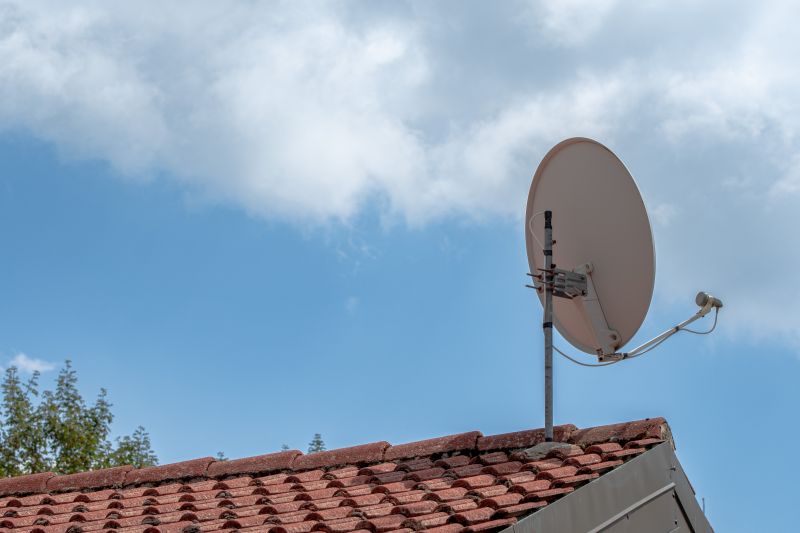
Summer offers longer daylight hours and generally better weather conditions, making it ideal for outdoor removal projects.
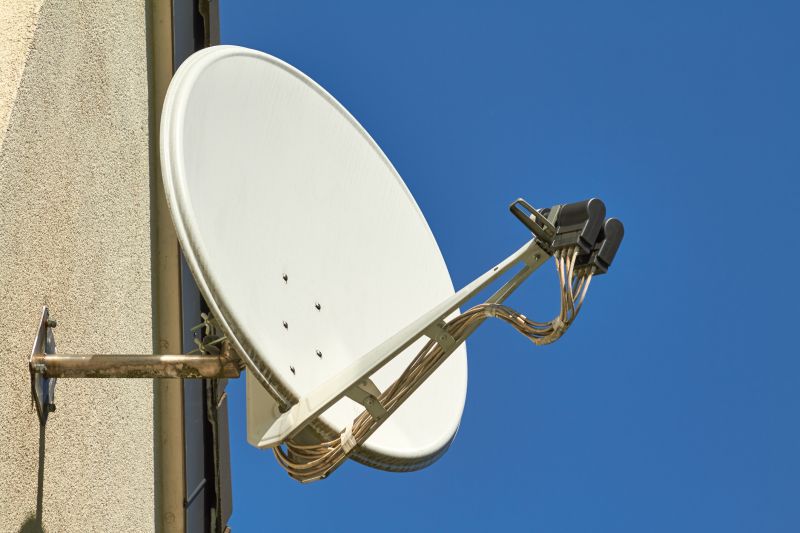
Fall can be suitable due to cooler temperatures and less precipitation, reducing delays caused by weather.
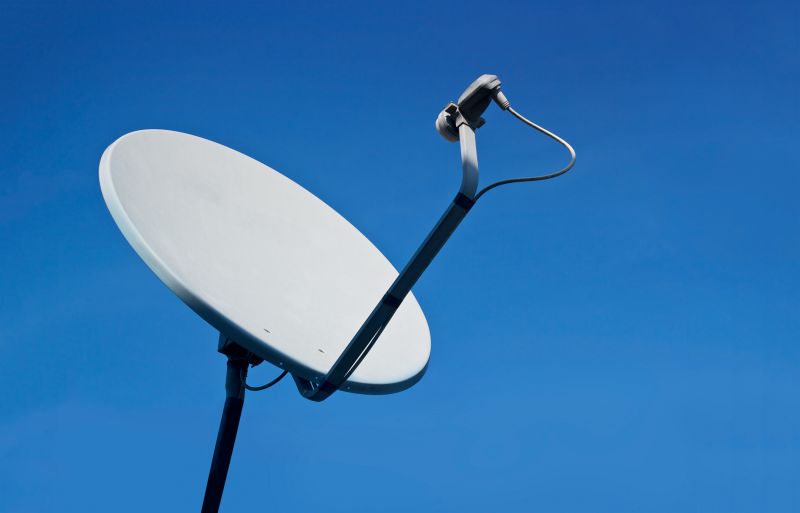
Winter may pose challenges due to snow, ice, and cold temperatures, which can impact safety and accessibility.

Ways to make Satellite Dish Removals work in tight or awkward layouts.
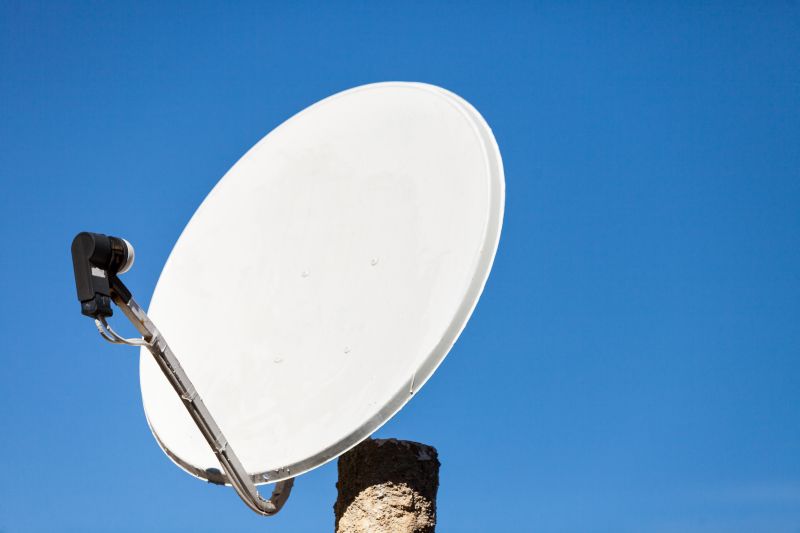
Popular materials for Satellite Dish Removals and why they hold up over time.

Simple add-ons that improve Satellite Dish Removals without blowing the budget.
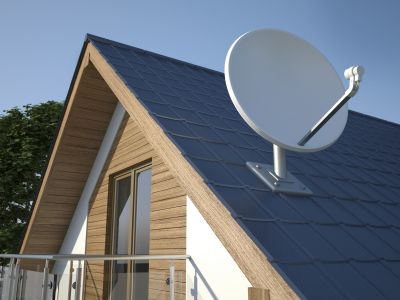
High-end options that actually feel worth it for Satellite Dish Removals.
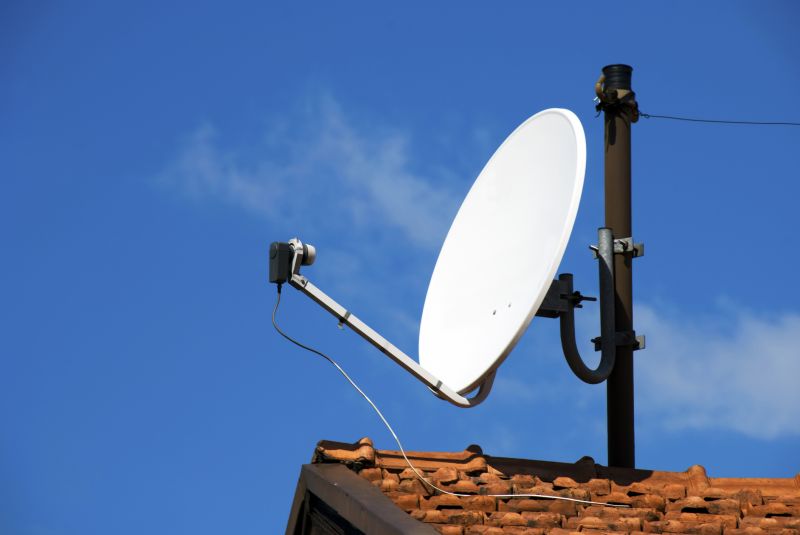
Finishes and colors that play nicely with Satellite Dish Removals.
Satellite dish removals involve the careful disassembly and removal of satellite dishes from properties. This process is often necessary when upgrading systems, relocating equipment, or decommissioning outdated installations. The timing of removal can influence safety, efficiency, and cost. Weather conditions, accessibility, and project urgency are key factors to consider when planning the best time for satellite dish removal.
Adverse weather such as rain, snow, or high winds can delay removal activities and pose safety risks.
Choosing a period with minimal occupancy or activity can facilitate smoother removal processes.
Spring and summer generally provide more favorable conditions for outdoor work compared to winter months.
Some regions require permits or inspections that are easier to schedule during certain times of the year.

Spring offers moderate weather and longer days, suitable for outdoor disassembly.

Summer's warmth and extended daylight enable efficient outdoor work.

Cooler temperatures and less rain facilitate safer removal activities.

Winter may require additional precautions due to snow and ice conditions.

A 60-second routine that keeps Satellite Dish Removals looking new.
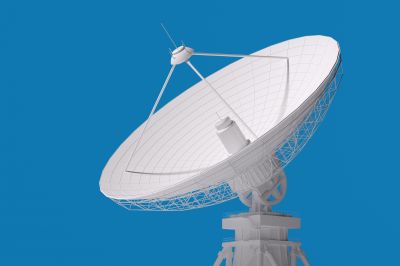
A frequent mistake in Satellite Dish Removals and how to dodge it.
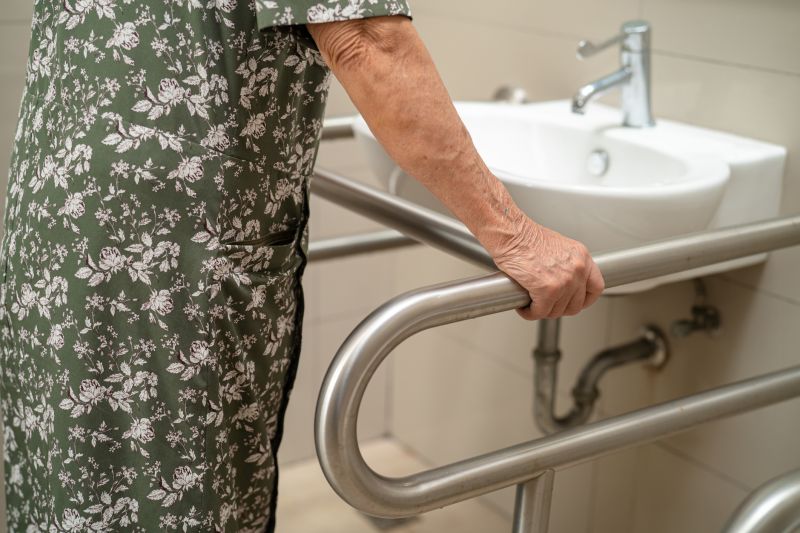
Small tweaks to make Satellite Dish Removals safer and easier to use.
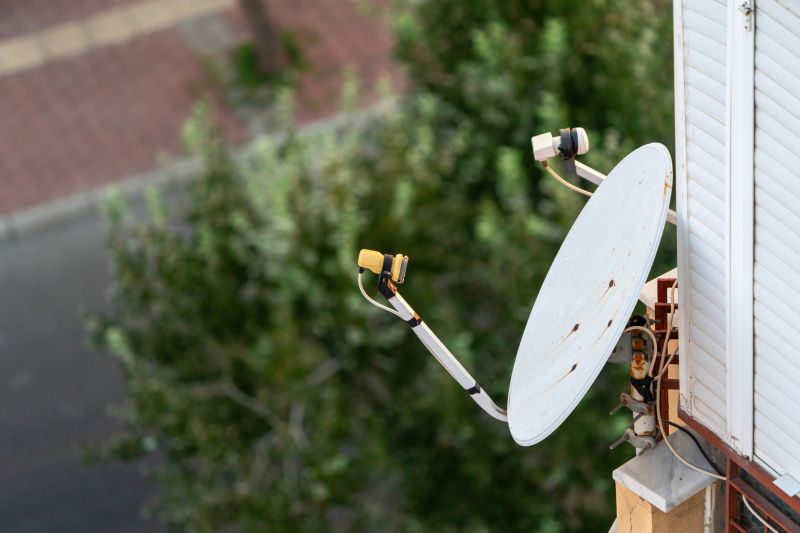
Lower-waste or water-saving choices for Satellite Dish Removals.
Choosing the optimal time for satellite dish removal depends on weather patterns, project urgency, and property owner preferences. Proper planning can minimize delays and safety risks. Seasonal variations significantly influence the ease and safety of outdoor disassembly, with milder seasons generally preferred.
| Season | Advantages | Challenges |
|---|---|---|
| Spring | Moderate weather, longer days | Unpredictable rain, allergy season |
| Summer | Extended daylight, warm weather | High temperatures, potential heat-related issues |
| Fall | Cooler temperatures, less rain | Shorter days, early frost risk |
| Winter | Less outdoor activity | Snow, ice, cold temperatures |
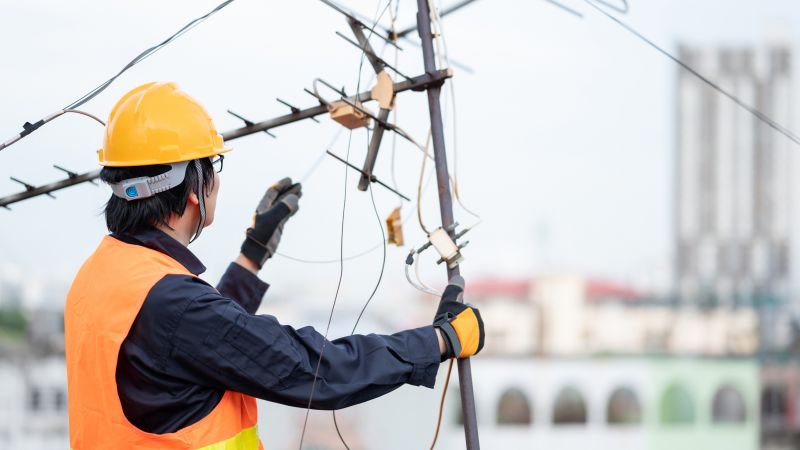
Careful disassembly is essential to prevent damage and ensure safety during removal.

Proper handling and transportation reduce risk of damage and injury.
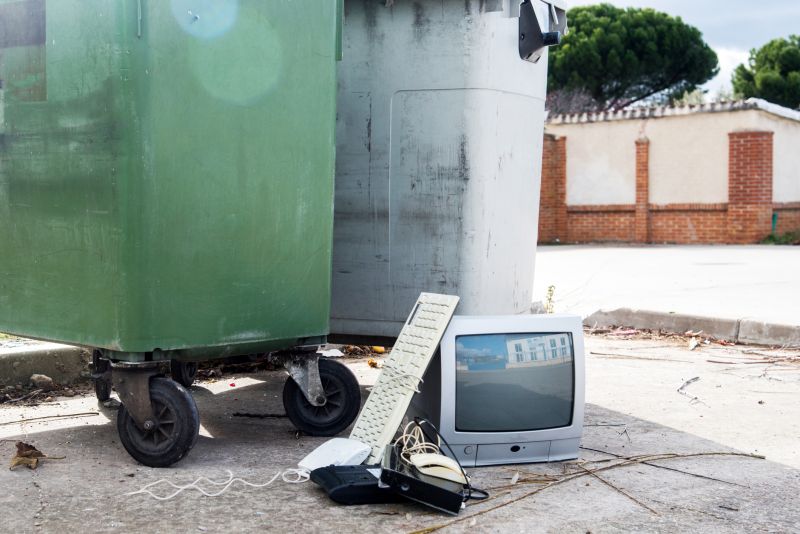
Restoring the site to its original condition is an important final step.
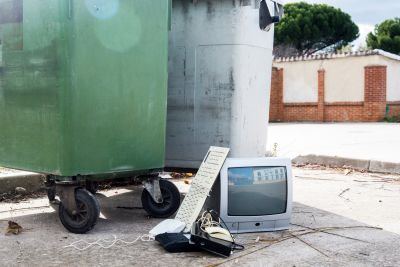
Proper disposal or recycling complies with regulations and environmental standards.
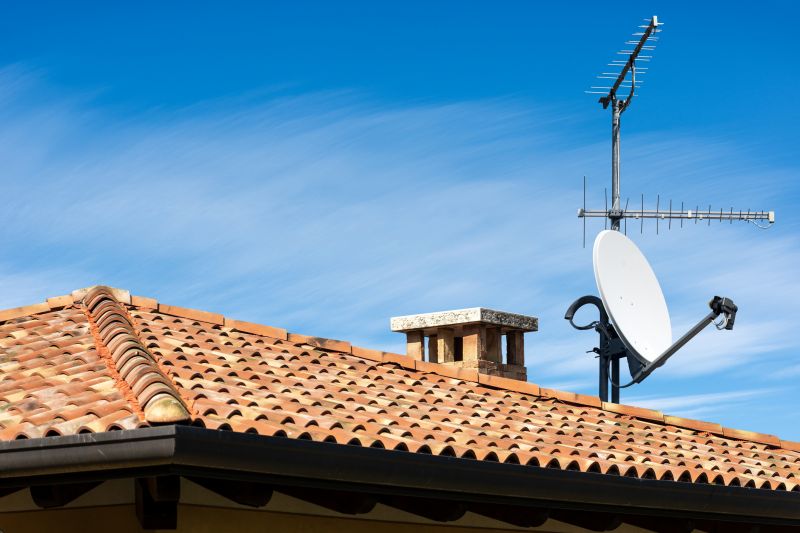
The short, realistic tool list for quality Satellite Dish Removals.
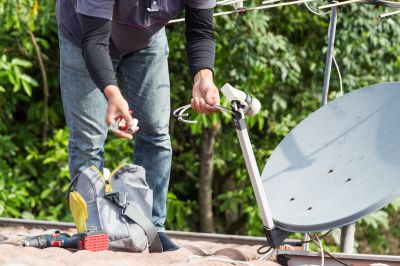
Rough timing from prep to clean-up for Satellite Dish Removals.

Quick checks and paperwork to keep after Satellite Dish Removals.
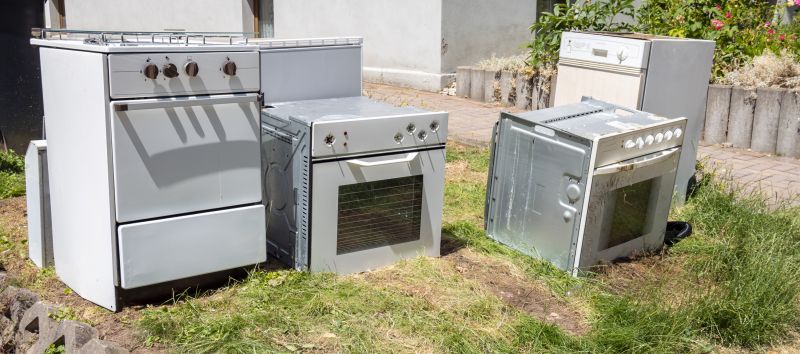
Examples that show the impact a good Satellite Dish Removals can make.
Scheduling satellite dish removals during favorable weather conditions can improve safety and efficiency. Proper planning and timing help avoid delays caused by weather disruptions or access issues. It is advisable to consider seasonal patterns and project-specific requirements when choosing the optimal time.
Interested in scheduling a satellite dish removal? Filling out the contact form provides a way to get professional assistance tailored to specific timing needs. Proper timing ensures a smooth and safe removal process, minimizing potential disruptions.



